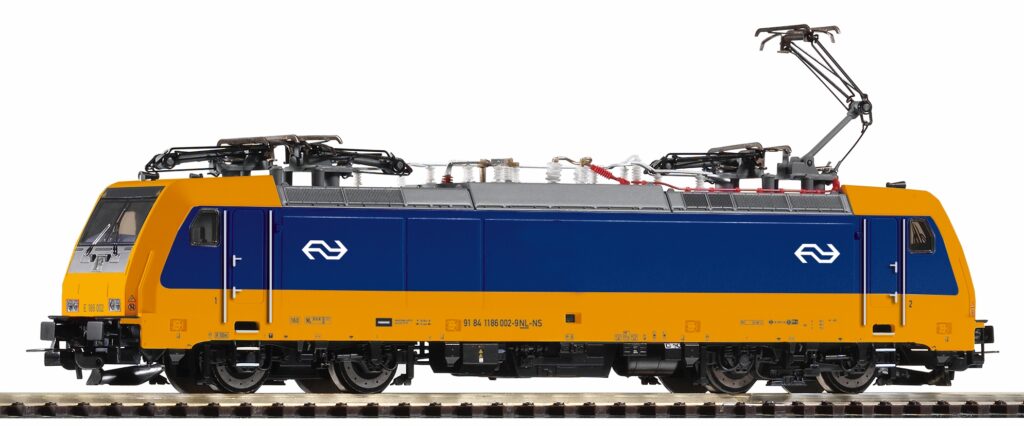
Introduction
Pneumatic systems, which utilize compressed air to perform mechanical work, have become increasingly crucial in various industries. Their relevance is growing as companies seek to improve efficiency, reduce energy consumption, and increase automation. In Canada, as industries evolve, the adoption of pneumatic technologies is seen not only as a means of modernizing work processes but also as a way to enhance competitiveness on a global scale.
The Role of Pneumatic Systems in Industry
Pneumatic systems are widely used in sectors such as manufacturing, construction, healthcare, and agriculture. They are celebrated for their ability to provide high-speed operations and precise control. For instance, in the automotive industry, pneumatic tools are integral for assembly lines, allowing for fast and efficient production. With the rise in the use of Industry 4.0 technologies, pneumatic systems play a foundational role in the integration of smart manufacturing practices.
Recent Developments
Recent data shows that the Canadian market for pneumatic systems is expected to grow significantly, driven by the increasing need for automation and efficient manufacturing processes. According to a report by Market Research Future, the pneumatic systems market is projected to reach USD 7.34 billion by 2026, growing at a CAGR of 5.3% from 2020. This growth is attributed to the expansion of industries and innovations in pneumatic technologies that enhance performance and reliability.
Environmental Considerations
Another aspect gaining traction is the environmental implications of pneumatic systems. Many manufacturers are focusing on energy efficiency, contributing to sustainability goals while meeting stringent regulations on emissions. Pneumatic technologies can be designed to minimize energy consumption, thereby reducing the carbon footprint of operations. This aligns with Canada’s commitment to environmental sustainability and promotes the adoption of green technologies.
Conclusion
As industries across Canada continue to advance, the importance of pneumatic systems will likely grow. Companies investing in these technologies are expected to see gains in productivity and competitiveness. Therefore, understanding and adopting the latest pneumatic solutions should be a on an organization’s agenda to harness the power of automation while also committing to sustainability. For readers engaged in industrial sectors, staying abreast of developments in pneumatic technologies will not only inform strategic operational decisions but also contribute to the broader industrial landscape in Canada.



